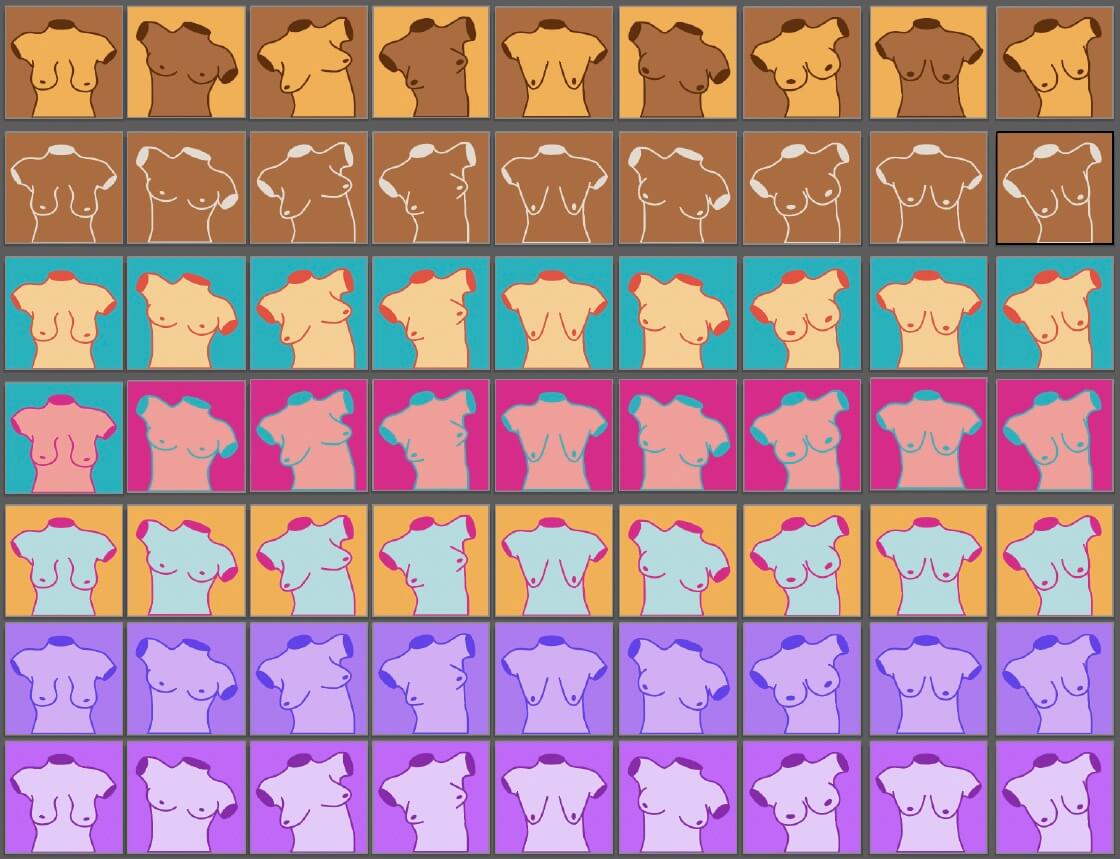
The earliest reference to breast support garments dates back thousands of years. Yet the modern bra can trace its origins to the early 20th century. While trends in shape, support, and materials have changed over the decades, the basic idea has stayed the same: mass-produced bras with identical cup sizes. The bra market is a $22 billion industry predicted to grow to $30 billion before the end of the decade.
Thus the industry is ripe for disruption. Currently, bras are made with standardized and symmetrical cups, yet most individuals with breasts will experience changes to their size, shape, symmetry, sensitivity, and positioning over the course of their lives. Enter FitForm Bras. Designed by Joanna Veleris (MDes 2022) and Anahita Dasgupta (MDes 2023), they fill a gap in the market by creating custom-fit bras tailored to the individual’s breast or breasts, as well as the wearer’s needs and preferences. FitForm Bras accomplishes this by using generative design to transform physical breast measurements and user preferences into highly accurate, supportive, digitally fabricated, and tailored bras.
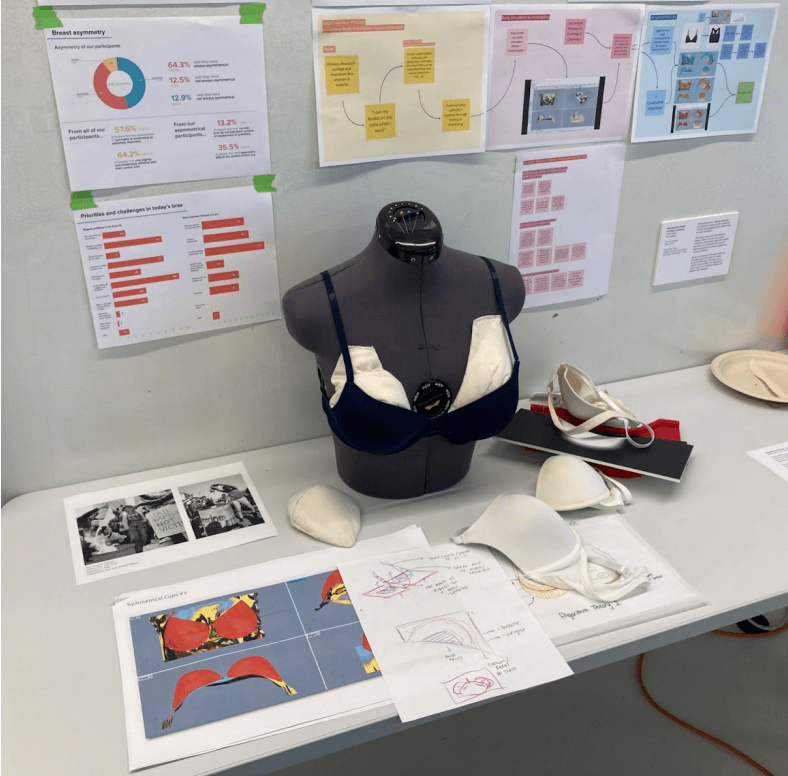
Veleris and Dasgupta began their work by conducting extensive research on the experiences of individuals who have breasts, including a survey of 125 participants and 30 in-depth interviews. These interviews uncovered important inputs from a diverse range of individuals with breasts, including those who have experienced changes to their breasts due to breast cancer, implants, anisomastia (severe asymmetry), and more.
Many individuals, Veleris and Dasgupta found, experience discomfort with their bras. Breasts can change often and for various reasons throughout a lifetime, they discovered. The current lack of diversity in bra designs excludes many individuals—particularly those who have experienced changes such as mastectomies, lumpectomies, or severe asymmetry—from finding bras that are comfortable and supportive to their needs. Innovative companies like ThirdLove can help wearers find bras that best match their bodies—but these bras are still standardized and symmetrical. This puts the burden onto the wearer to experiment with brands and sizes. Some even make their own bras with tailoring and prosthetics.
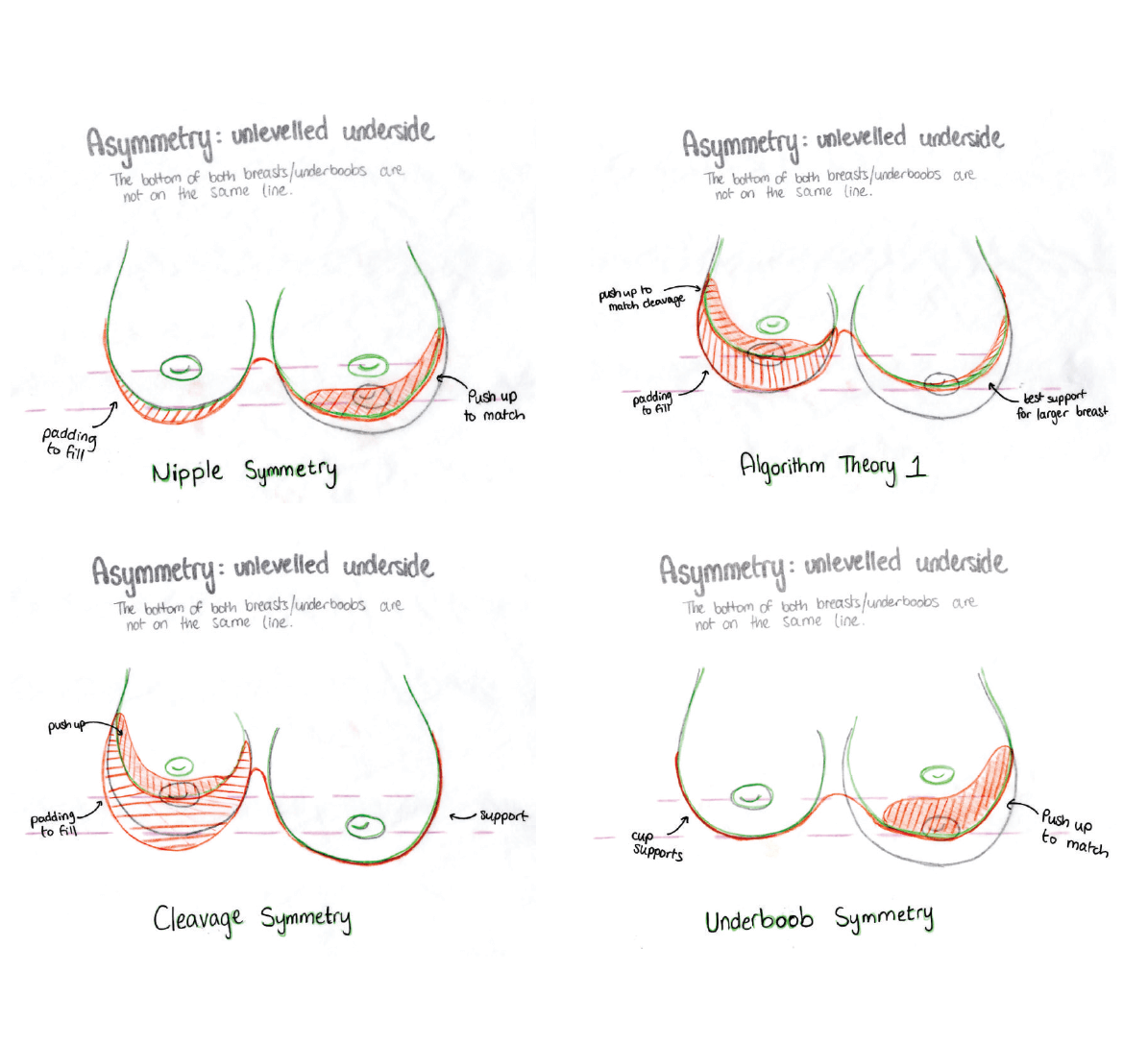
Bra fit sketch
Designing a Better Fit
Veleris and Dasgupta’s project aspires to bring inclusive bras to individuals underserved by current market conditions. By prioritizing personalization and precision, FitForm Bras uses generative design, precise individual data, and personal preferences to create individually tailored bras that can be manufactured to order without material waste. What sets FitForm Bras apart from other bra and fit-tech companies is its emphasis on the wearer’s preference and presentation goals. These bras not only match the anatomy of the wearer, but can allow the wearer to present themselves as symmetrical, to augment their own size, or even to preserve their asymmetry if they wish.
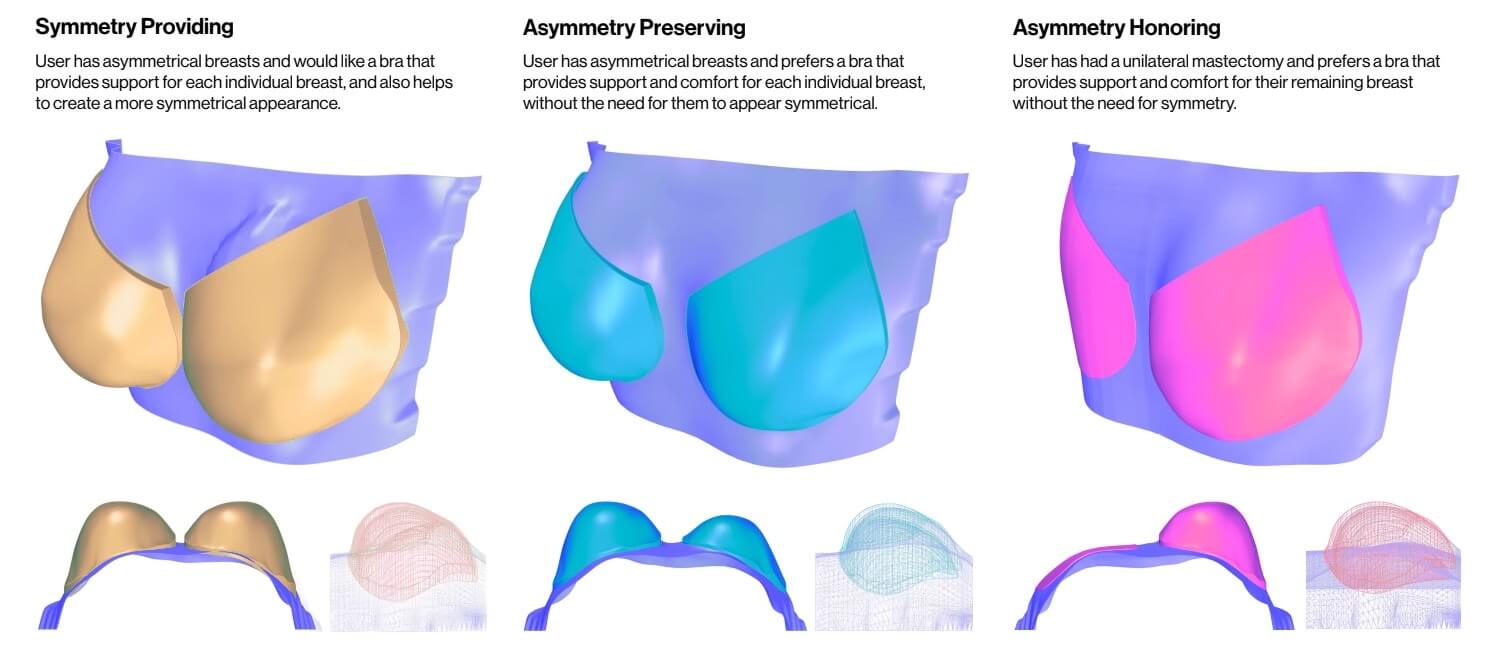
Applying New Computational Design Approaches
Generative design methods and tools—algorithmic technologies that rely on large datasets and computational logic to generate unique designs without a designer’s direct intervention—are already revolutionizing product design by enabling personalized designs. By intentionally incorporating data from diverse users, goals, and contexts, and adding additional weight to these algorithmic inputs, these technologies can facilitate the generation of more inclusive and reactive designs.
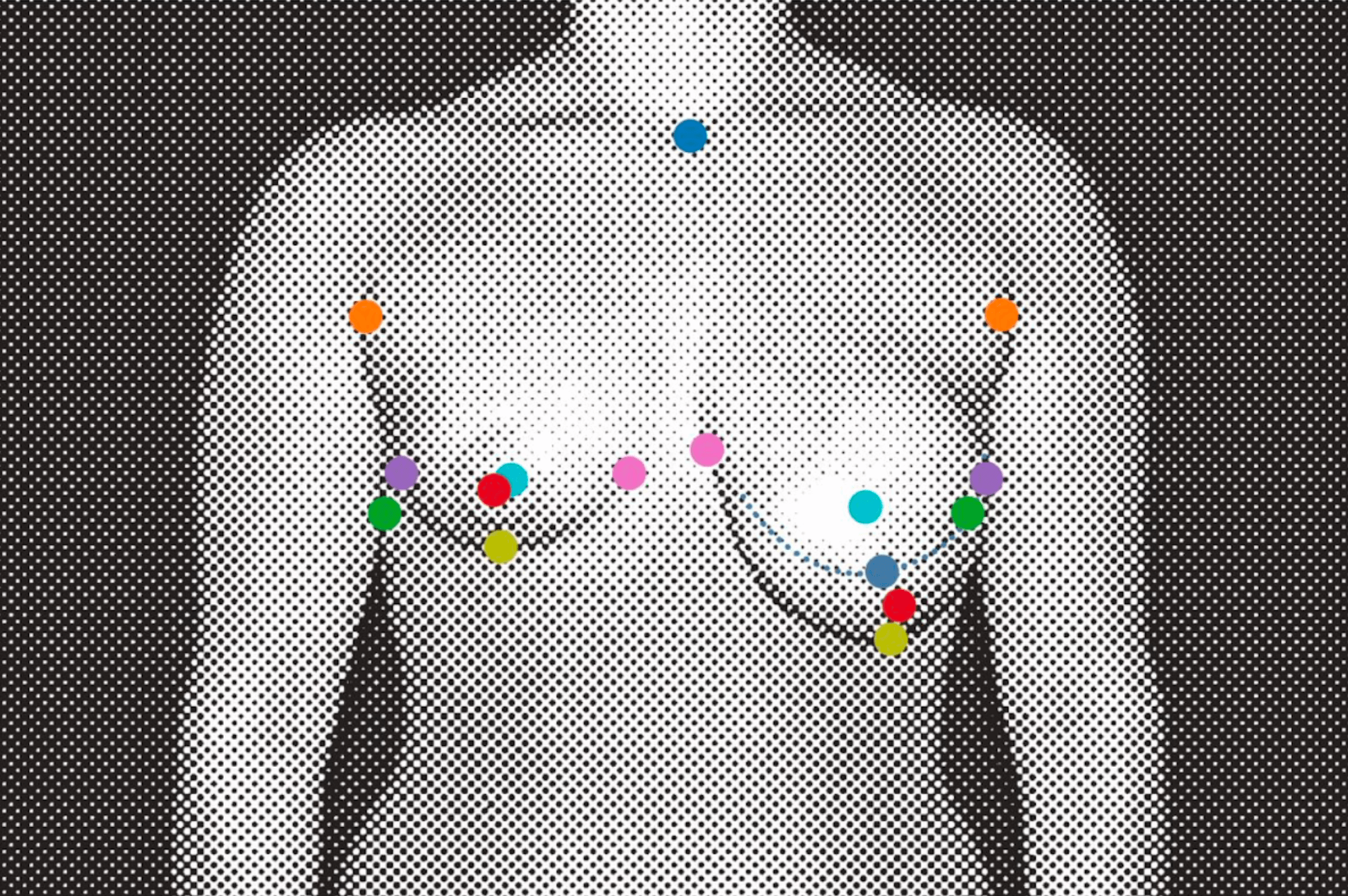
Dressed For Success
As an early-stage idea, FitForm Bras can’t measure success in sales or customer feedback—yet. Instead, Veleris and Dasgupta set KPIs connected to the inclusivity and impact of their research, the wide range of individuals they engaged, and the diversity of experiences that informed their design solution. In so doing, they identified a spectrum of user pain points and a strong interest in custom-fit solutions for breast and bra fitting needs. The success of the project can be assessed, as well, through the rich dialogue fostered around inclusive design and the promise of customization through generative AI. Veleris and Dasgupta also received positive feedback from all their interviewees, which highlights the concept’s potential to promote more inclusivity in every day lived experiences of individuals with their garments. Their work has generated great enthusiasm and sparked conversations on the importance of customization through generative AI in design.
Data and Generative Design for Inclusiveness
Ultimately, FitForm aims to contribute to a broader understanding of empathetic design and to encourage a shift towards more personalized garment manufacturing.
With a goal to make the bra market more inclusive, Veleris and Dasgupta aspire to create a product that allows anyone to find bras that fit their needs. By using generative design, they can tailor garments to individual measurements and guarantee the right fit for a user for any period of their life. Furthermore, with generative bra and digital fabrication, they hope to impact the garment industry, shifting it towards on-demand manufacturing and away from standardized mass production. This move away from human labor to on-demand digital design also means less material resource waste for garments that go unpurchased, potentially increasing the product’s positive impact on the wearer and the environment.